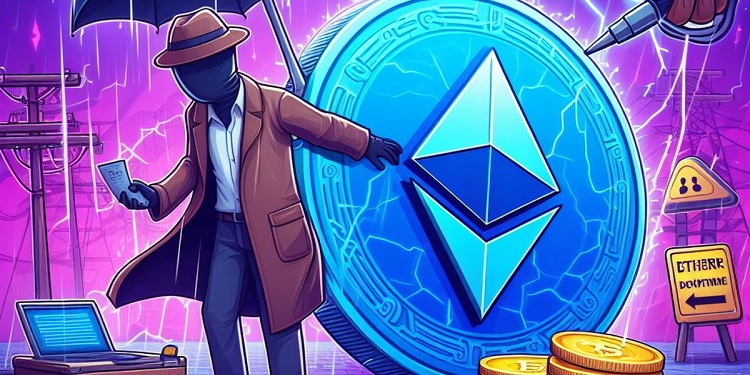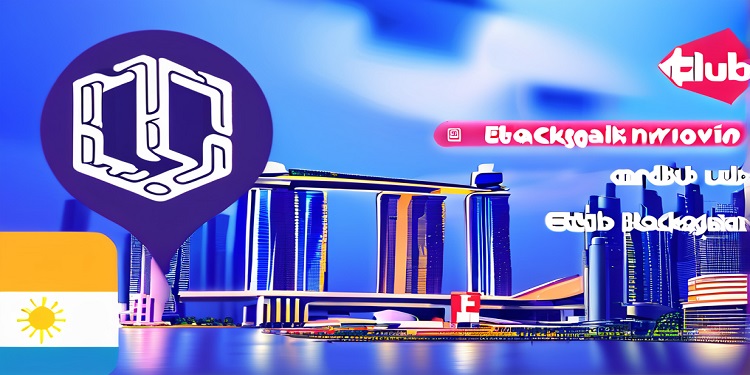Polygon, a prominent Ethereum layer-2 scaling solution, recently encountered a technical setback involving its zero-knowledge Ethereum Virtual Machine (zkEVM), leading to a temporary pause in operations. The issue, originating from complications with the blockchain sequencer, has ignited discussions within the crypto community, particularly among Polygon’s extensive user base.
Understanding the Root Cause
The downtime stems from challenges with the blockchain sequencer—a vital element responsible for organizing transactions into batches for streamlined processing and eventual submission to the Polygon zkEVM smart contracts on the Ethereum main network. This unforeseen obstacle has necessitated a temporary halt in zkEVM services, while other segments of Polygon’s network remain unaffected.
Polygon’s Response and Reassurance
In an effort to allay potential concerns, Polygon has promptly clarified that the issue is confined to the zkEVM domain. Other integral components of Polygon’s ecosystem, including the Polygon Proof of Stake (PoS) and the Chain Development Kit (CDK), continue to operate seamlessly, unaffected by the current situation.
Community Feedback and Considerations
The extended downtime, spanning over ten hours, has sparked conversations among users, particularly on X, questioning the limited discourse within the broader crypto community regarding the incident. Users have expressed surprise and apprehension over the prolonged disruption, drawing parallels with previous network outages like the notable incident experienced by the Solana network.
Exploring zkEVM’s Significance
Launched in March 2023, the zkEVM was introduced to the mainnet beta with aspirations of facilitating more efficient deployment of smart contracts—pledging enhanced finality and reduced costs. Designed to emulate Ethereum’s mainnet transaction environment, the zkEVM aims to bolster scalable decentralized applications through optimized transaction batching, heralding a new era of performance in the crypto domain.
Comparative Analysis of Network Outages
The recent incident has reignited discussions surrounding the reliability of blockchain networks, with the Solana outage serving as a point of comparison. Since January 2022, Solana has grappled with multiple significant disruptions, underscoring the ongoing hurdles faced by blockchain networks in maintaining consistent uptime and reliability.

Key Takeaways:
- The zkEVM downtime underscores the pivotal role of blockchain sequencers in the functionality of layer-2 scaling solutions.
- Polygon’s prompt response and clarification seek to reassure stakeholders regarding the isolated nature of the issue and the uninterrupted operation of other network components.
- The response from the crypto community highlights a growing demand for transparency and robust discourse concerning network performance and reliability.
- The incident serves as a reminder of the technical complexities inherent in blockchain and crypto infrastructure development.
Polygon’s recent zkEVM downtime due to blockchain sequencer issues has sparked important discussions regarding network reliability, transparency, and the technical intricacies of scaling solutions. As Polygon endeavors to address the problem and bolster its infrastructure, the crypto community remains vigilant, extracting lessons and insights from such occurrences. These incidents underscore the pioneering yet challenging journey of blockchain technology towards achieving scalability, performance, and unwavering reliability.









